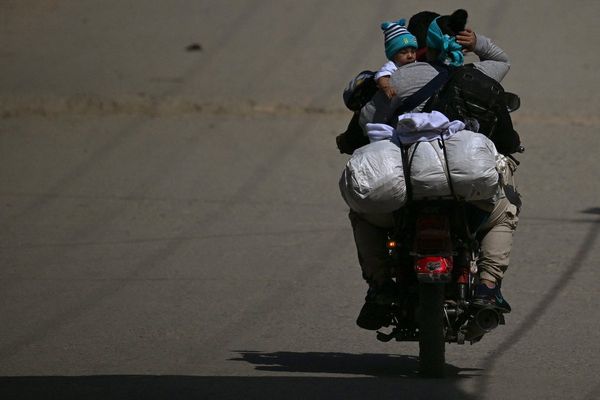
Usain Bolt set the world record (9.58 seconds) for the 100-meter sprint in 2009 and is the fastest man in the world. But how would he fare in a race against a 900-pound dinosaur (Dilophosaurus)?
Scott Lee, a physics professor at the University of Toledo, recently posed this question to his students. It may seem like a silly question to ponder at first, but Professor Lee explains in a paper published in the journal The Physics Teacher that creating an outlandish scenario like ‘man versus dinosaur’ is a great way to spark students’ imaginations and improve overall class engagement.
Science largely suggests Bolt would take advantage of Newton’s second law of motion and his own acceleration to beat out the dinosaur by two seconds in the 100-meter sprint. But physics students must employ a complex combination of 1D kinematics — displacement, velocity, speed, and acceleration, using spreadsheets to answer the riddle.
Of course, there are tons of different dinosaurs, but Prof. Lee had to find the right dinosaur for his academic riddle to work.
“The maximum running speeds of the other dinosaurs were significantly different from Usain Bolt’s average speed and, therefore, would not make an interesting race. The more famous Tyrannosaurus rex is believed to have been slower than Usain Bolt,” Prof. Lee explains in a report posted on the University of Toledo’s website.
“To arrive at the correct answer, students must consider Newton’s second law of motion, which states acceleration is determined by mass plus force. So, Mr. Bolt’s much smaller size would give the runner an early advantage,” he adds.
After agreeing on the hypothetical race’s winner, students discussed similar speed assessments and their implications regarding physics. For example, how a lioness uses her acceleration to catch and kill faster prey. In conclusion, Prof. Lee hopes these outside-the-box teaching tactics help more students get excited about physics.







